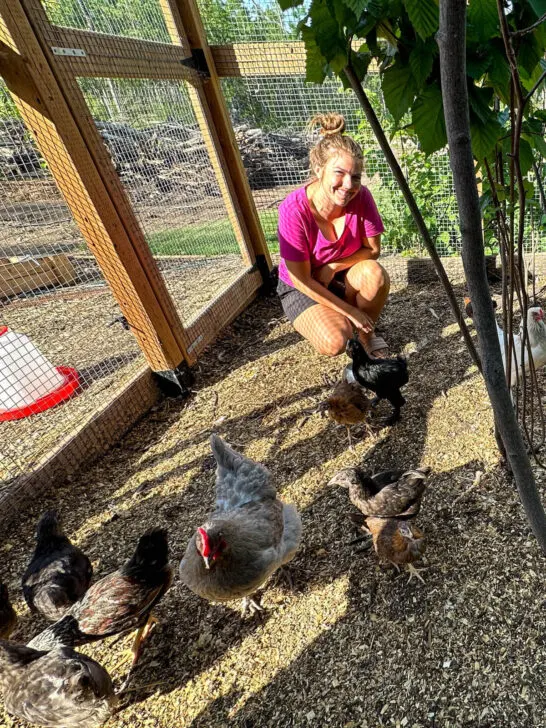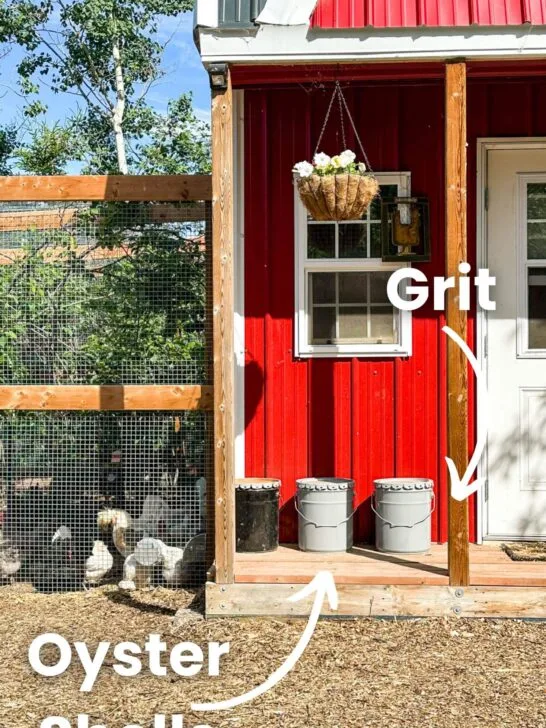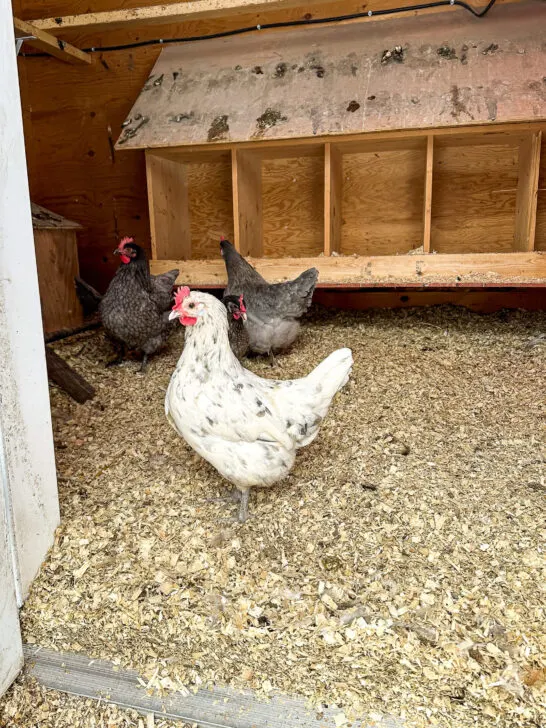One thing I've learned through chicken keeping is that no matter how long you've had a flock, you're still going to be surprised by them from time to time!
Case in point: Fairy Eggs.
These eggs are simply the visual evidence of a snafu in the reproductive tract of your hen. They are rarely cause for concern.

As an Amazon Associate I earn from qualifying purchases.
Jump to:
What Is A Fairy Egg?
Fairy eggs are small or miniature sized eggs laid by hens during their regular egg-laying cycle. These eggs vary in size and can range from being as small as a marble to slightly larger than a ping pong ball.
They're a lot smaller than you're expecting and very obvious in the nesting box!

Why Do Chickens Lay Them?
Usually, fairy eggs occur early in the hen's first eggs, before all the wrinkles in her laying system have been ironed out.
While teeny tiny eggs can be a symptom of an inexperienced laying hen, they can be laid by a mature hen too.
According to Story's Guide To Raising Chickens, tiny eggs laid by mature hens are usually the result of shed reproductive tissue causing a chain reaction. Egg producing glands are triggered to form albumen, or egg white, around this tissue and treat it as a yolk. From there it moves on down the reproductive tract where it's wrapped in membranes and coated in a shell.
Although our hard working hens make egg laying seem like a simple chore, the truth is that their reproductive system is quite complicated! I find it so interesting that we don't see more "misfires".
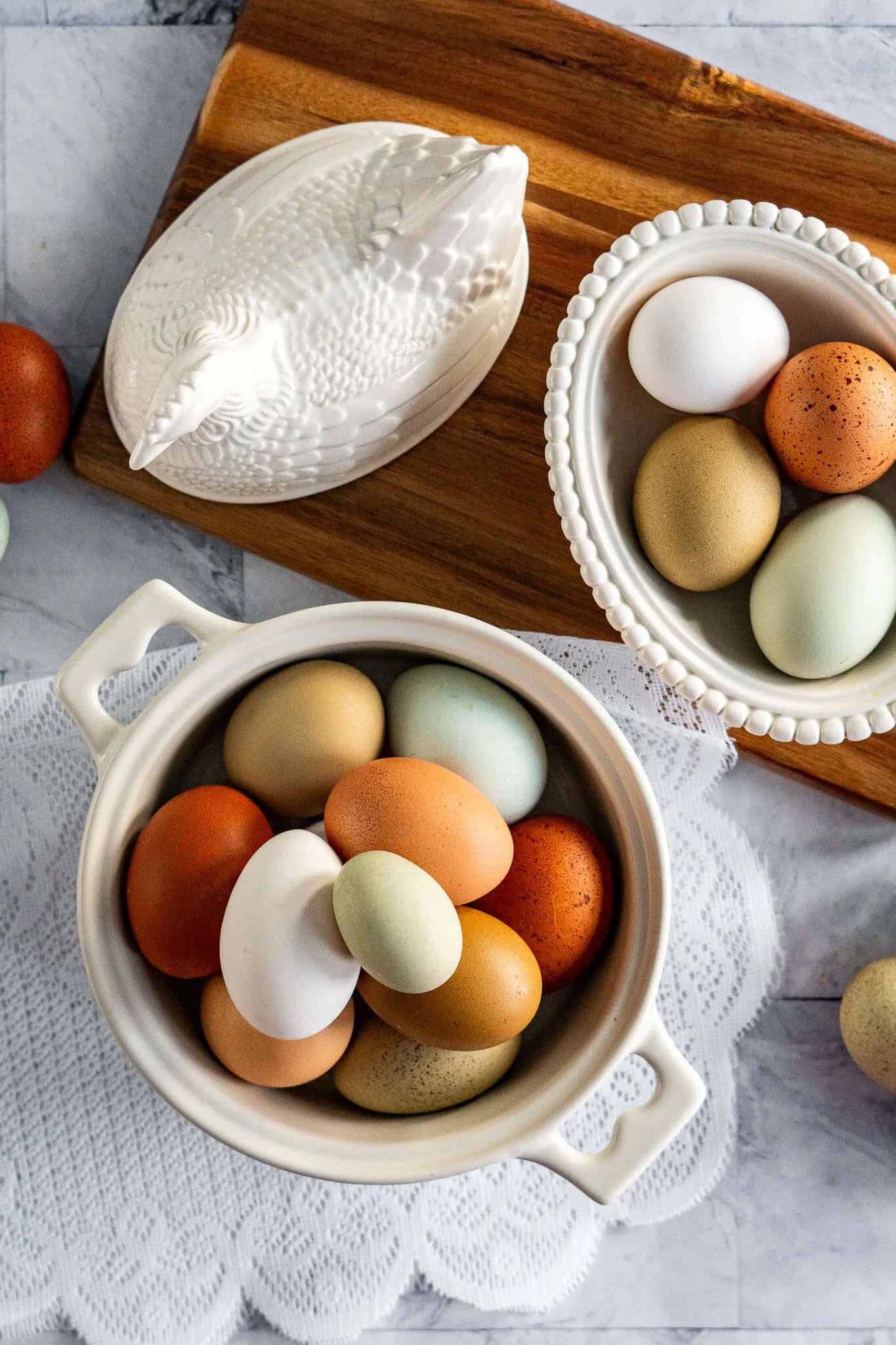
What's Inside A Fairy Egg?
To be considered a true fairy egg, the small egg should have no yolk inside, only albumen. This helps to distinguish these eggs from pullet eggs.
When a young hen lays a fairy egg, you're going to see egg whites only. While an older hen will lay a dwarf egg with mostly albumen, and instead of a yolk, you'll find a piece of grey-ish tissue. Many chicken keepers would call that tissue a meat spot.
Chicken Content You Might Enjoy:
Are Tiny Eggs Edible?
Yup!
There's nothing in a fairy egg that isn't in a regular egg, though meat spots are a bit less than appealing to look at, but they are perfectly safe to eat.
If you're totally not into eating your fairy eggs, I get you. But they can still be used, your dog would love a freshly cracked fairy egg over his food, and if you don't have a dog, consider scrambling it and feeding it back to your flock - they'll appreciate the protein.
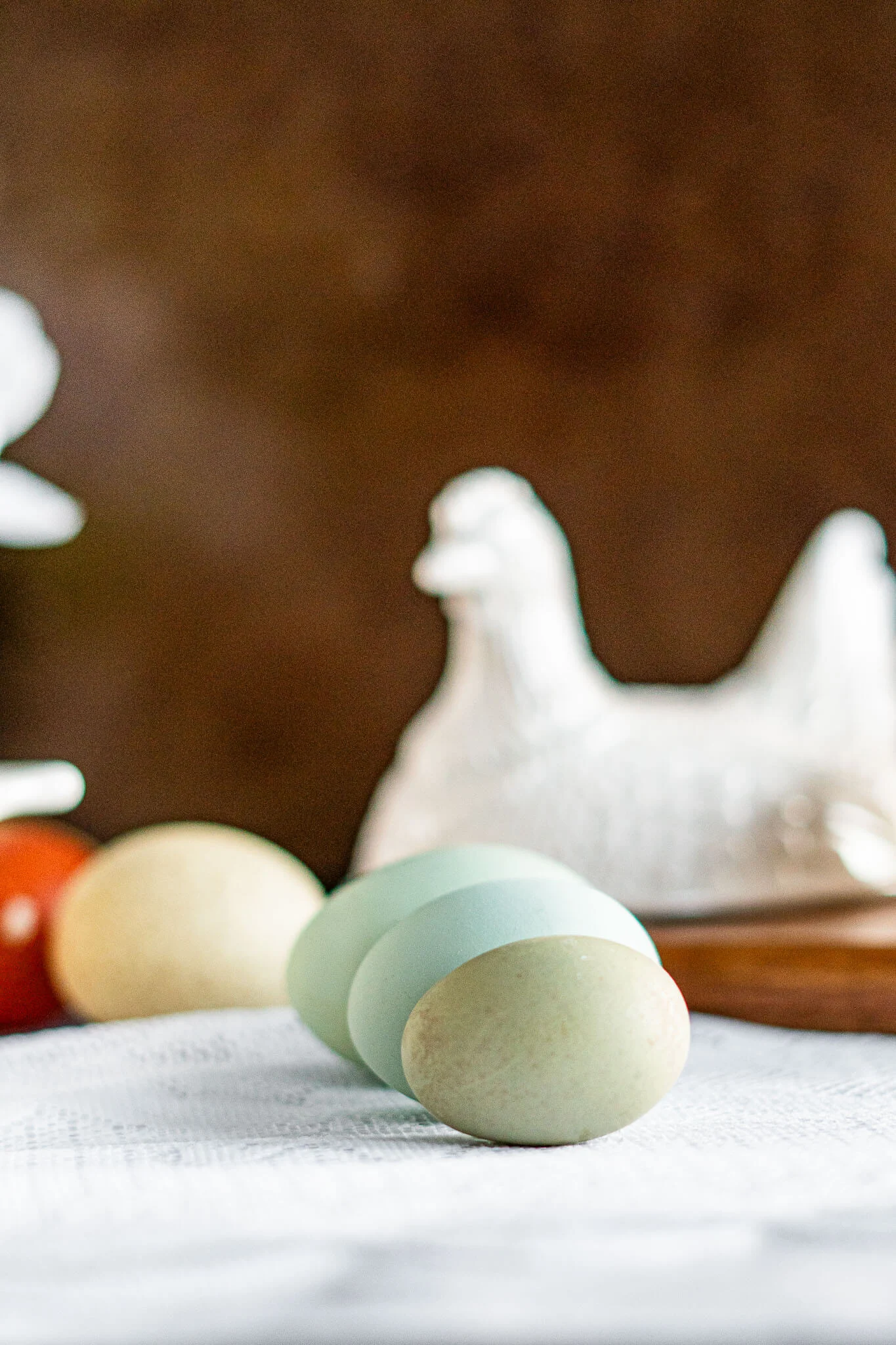
Common Causes
- Young pullet with a premature reproductive system
- Older hen nearing the end of her laying
- Stress or routine changes
- Illness or infestations by pests
- First eggs after a moult or seasonal break
- Inexplicable hitch in production
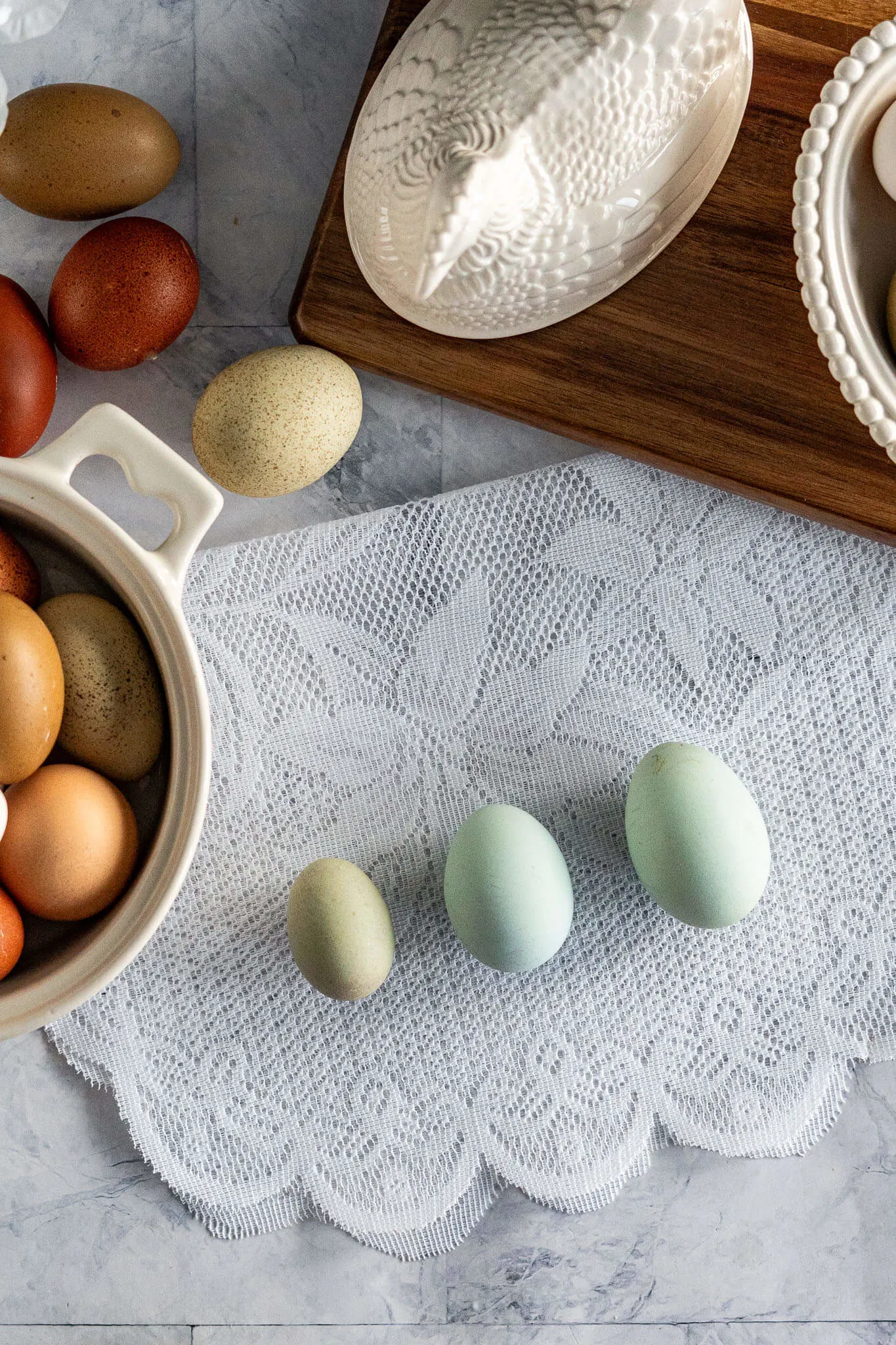
When To Be Concerned
Collecting the odd tiny egg from your backyard chickens is not a concern as long as they are all healthy. Especially if you have new and/or old layers in the mix.
That said, if you're repeatedly finding itty bitty eggs in the coop, you'll want to monitor the health of your chickens. It might be worthwhile to do an inspection of your flock, the coop, and your chicken keeping practices.
Chickens are notoriously unaccepting of change, so a change in the coop, no matter how insignificant we find it can stress out your birds. Potential triggers for stress could be new chicken coop mates, over-mating due to too many roosters, new chicken feed, or even unexpected/severe weather.
Take a look at your hens, the best time to do this is when they are roosting at night - they're a lot more docile and easy to check out. I like to spot check a couple chickens every week or so, keeping an eye out for lice, mites, and other pests or illness that can affect their health.
Ensure your laying flock is receiving adequate nutrition. Chickens are pretty easy to care for, you've gotta make sure they've got a high protein, nutrient dense feed appropriate for their life stage (ie. 16% layer ration), and adequate access to grit and fresh water.
If all looks well on your inspection, then may be prudent to speak to a vet.
More Chicken Keeping Guides:
Other Names For Fairy Eggs:
You may have heard of these eggs but by a different name. Depending on where you're from, the common name may be:
- witch eggs
- wind eggs (or fart eggs)
- cock eggs
- dwarf eggs
- no-yolkers
Personally, I think fairy eggs is the best name for these whimsical mini eggs that show up from time to time.
Thoughts From The Chicken Coop
Although it may be jarring to see an itty bitty, teenie weenie egg in the nesting box, rest assured that it's unlikely to be a concern. These miniature marvels are usually harmless quirks in a hen's reproductive system, often showing up in the early stages of egg-laying or as a result of shed tissue in mature hens.
That said, if you have a hen (or more) who's consistently laying fairy eggs, it may be time to re-evaluate your chicken health and maintenance practices. As always, ensuring a balanced diet and proper care for your chickens will help keep these fascinating creatures healthy and happy.
Pin This Guide To Fairy Eggs!


